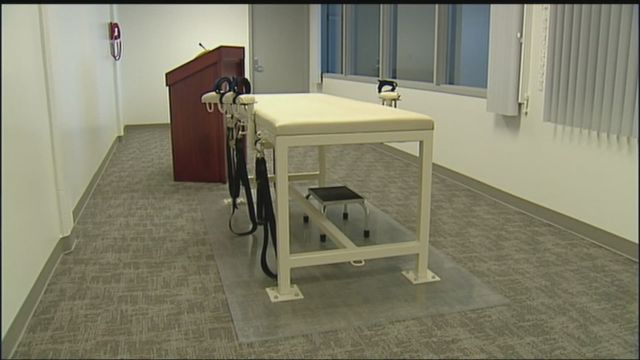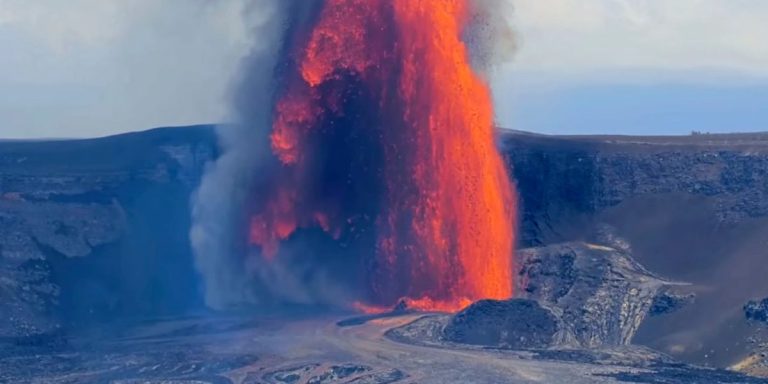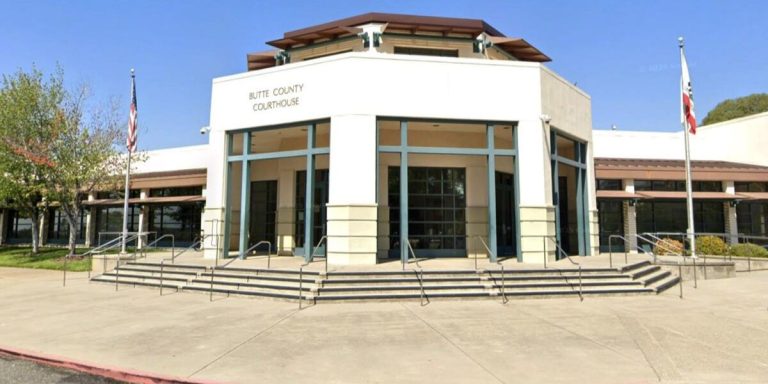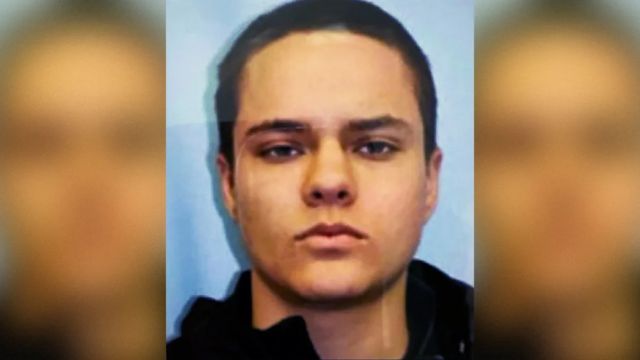In Boise, Idaho – A federal judge ruled Tuesday that Idaho jail officials must let reporters at executions watch as drugs for lethal injection are prepared and given to a person who is about to be executed.
U.S. District Judge Debora K. Grasham told the Idaho Department of Correction that any executions must be open to the public for audio and video recording while a First Amendment case from a group of news organisations is still being heard in court. Grasham pointed out that the state doesn’t have any executions planned right now, which means that jail officials have time to set up a closed-circuit audio and video feed before they have to kill someone again.
In December, the Associated Press, The Idaho Statesman, and The East Idaho News sued the state’s prison director, saying that important parts of the fatal injection process were being kept from the public in a way that violated the Constitution.
Grasham wrote, “While it is true that this case is about Idaho’s lethal injection procedures, it is also about the public’s First Amendment right of access to the State’s administration of the most severe penalty our State enforces.”
Grasham wrote that in the past, executions and the tools and methods used to carry them out have been open to the public in the United States. Today, media witnesses watch and report on executions as if they were representatives of the whole people.
When Grasham made her decision, she made it clear that it wasn’t an opinion on the death penalty itself. Instead, it was an attempt to protect the public’s constitutional right under the First Amendment to see executions by the state so that policy decisions could be well-informed.
As things stand, Idaho’s execution procedures let reporters watch as the doomed person is wheeled into the chamber, put on a gurney, and an IV is put in and connected to a medical tube that goes to another room. People can also watch as the person who is being sentenced dies. On the other hand, the dangerous drugs are made and given out in a different part of the building, which has always been kept underground.
At a meeting earlier this month, Tanner Smith, the lawyer for the prison officials, said that the public can trust the officials to tell them the truth about whether the drugs were properly prepared and administered. Another thing he said was that hiding the “medication room” from the public helps protect the volunteers who do that job.
Grasham, however, said that the state hadn’t shown why those volunteers couldn’t just hide their names by wearing the same masks, gloves, and hats as the execution team members, who already work in public. She wrote that prison officials hadn’t shown that the secrecy was needed for real penological reasons, not just a “exaggerated response.”
“This Court finds it difficult to identify any aspect of an execution by lethal injection that is more ‘inextricably intertwined’ with the execution than the actual preparation and administration of the lethal injection drugs into the IV lines connected to the condemned individual,” Grasham said.
As of 2018, the Death sentence Information Centre lists 27 states that have the death sentence, though some have stopped executions or do not have anyone on death row. Also, each state has very different rules about how many media people can be at killings and how much of the process they can see.
It’s not the first time that the Associated Press and other news organisations have sued Idaho officials to get more people to be put to death. In 2012, the 9th U.S. Circuit Court of Appeals told prison officials that news organisations could watch the first part of lethal injection executions. This included when the condemned person is brought into the execution room, strapped down on an execution gurney, and the IV is put in.
Since the 1970s, Idaho has tried four times to put people to death by lethal injection. The last one, involving Thomas Eugene Creech, was called off last year after eight failed efforts to put an IV line in Creech’s arms and legs by members of the execution team. Three of the attempts were successful.
This year, lawmakers passed a new law that will make shooting squads the state’s main way of putting people to death starting next year.
Executions by firing squad are not common, but they do happen. In the U.S. alone, only a few have been done in the last 50 years. This year there were two executions by shooting squad in South Carolina. They were the first in the United States in 15 years.












